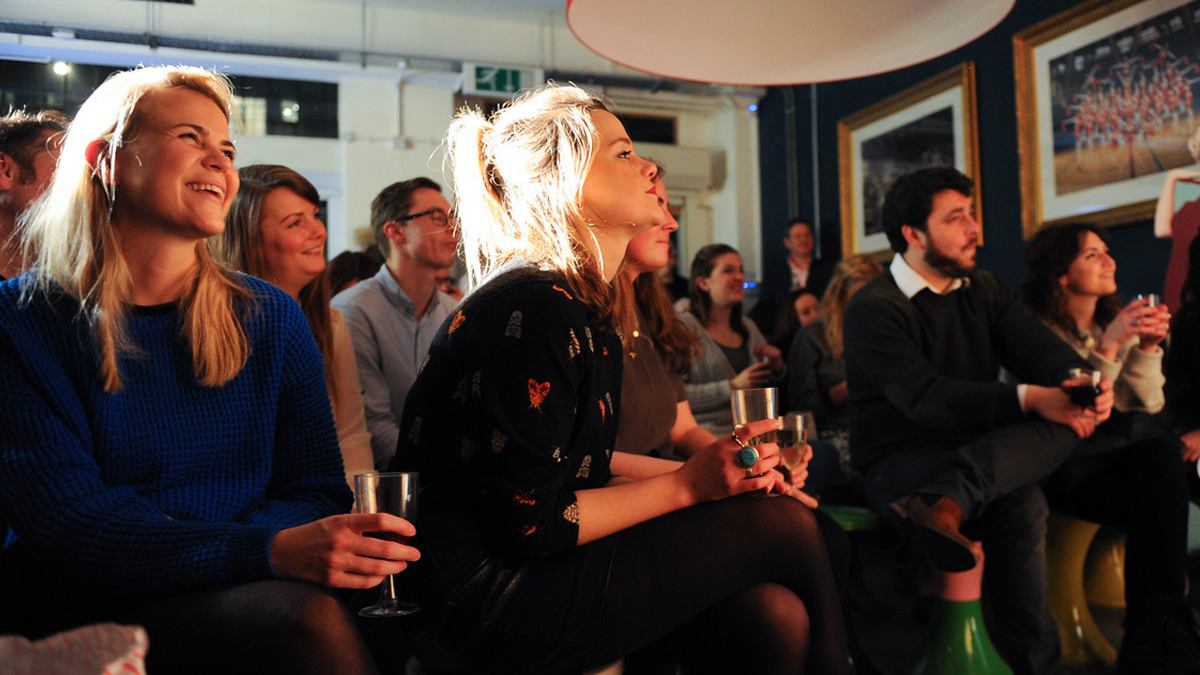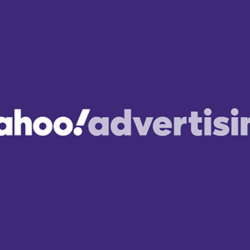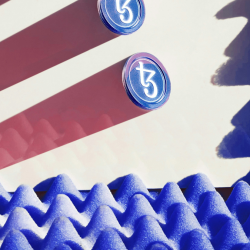A long-term view from far away would see at least three seismic shifts in the world of marketing and advertising
Declining TV impacts, meaning a greater reliance on other media to build impacts and on the strength of the creative idea. The arrival of AI, with its potential to vastly upset our cosy media and search world. And, arguably, the ‘post-truth’ era of politics we now live in has been matched with the new ‘post-idea’ era in advertising. Much of what we see in a TV ad break is orientated towards performing now, it is mechanistic and low-concept, relying on trickery to suggest craft and care — but where’s the idea?
Facing this battery of challenges, marketers and advertising folk are having to spend more time, on working out how to build effectiveness into their plans. Which is a good thing. In a study based on 5,900 entries to the Effies effectiveness awards, led by Mark Ritson no less, a list of ten factors in order of importance to effectiveness was drawn up.
The most important factor is brand size, which you might expect but what about smaller brands — how can they level up and become the next big thing? How can they, like Luton Town who managed to climb five leagues in only 9 years, get up the greasy pole? Well, the answer lies in the second factor on the list of effectiveness.
It’s creativity. Exceptional creative work can help brands — big or small — make a real impact. This is one area where the ground is level between big and small brands. It’s attitude, approach, courage, belief that will nurture great creative, not just size.
Despite this finding, evidence from a study by consultant Peter Field suggests more short-term thinking has led to a decline in creative effectiveness. Orlando Wood, from System1, agrees that many TV ads are now aimed narrowly at immediate results, not longer-term growth.
So creativity often takes a back seat to the drum beat of results, results, results now
Which in our view can lead to dull, shouty ads with no lasting power at all. The opportunity to build brand memories and associations with real depth passes yet again. Brands and businesses suffer the inefficiencies of yet another production, instead of playing out a really strong commercial, again and again. Which is a shame, given we have learnt that ‘wear out’ with actual people happens more slowly than it does with us overexcited advertising people.
To back up the Effie study, Ritson also cited research by NCSolutions, which attributed a whopping 47% of the sales contribution from 500 campaigns to… creativity.
In this study the next biggest factor was reach, with 22%. Which brings us gently to our point: all the changes in our world and beyond have not changed a fundamental principle, which I have called ‘people like people’. Obviously, to find a way to get a brand into people’s lives we need to find a way to connect with them. I say obviously, but on reflection its clear many ads are like salesmen in disguise, thin disguise, just there to deliver a message, however they do it, and forget the viewer.
Scant intention is paid to amuse, entertain and involve the audience
Yet finding effectiveness demands we do this. Effectiveness demands we are hard-headed about our creative strategy. Odd really, when sometimes creativity is seen as ‘the fluffy stuff’.
No — creativity is the bullet in the muzzle.
So that’s why, we run comedy nights at isobel — isobelly laughs. Humour is not the only emotion, but it is we think the most powerful emotion in our business, the best one in the armoury. We see in our comedy nights those wonderful moments of connection, when we all realise something about ourselves at the same time, and laugh together about it. We are all connected in that moment, powerfully.
In our working life, our way in to humour, though, is not as a comedian hoping to find a punchline that gets a laugh. We start with the need to find a human story. As Orlando Wood says, work that has characters, incident and a setting is very likely to draw the audience in. We want to see who is involved, what happens, where it is set. We want to see if it relates to us.
So our advertising tries very hard to be utterly and thoroughly human, and not mechanistic and obviously self-serving. We’ll try to find an idea based on a trenchant human insight. Based on the way people feel and think and do things. We always work to what our creative director, Rob Fletcher calls, high-concept. Advertising with humanity writ large, advertising that will surprise and entertain people. coming from a truth of the brand yet not constrained by it. This is not just a natural instinct.
It is a hard-headed realisation that this creative strategy is most likely to work hardest of all potential creative strategies. Because people like people.
Featured image: isobelly laughs events































